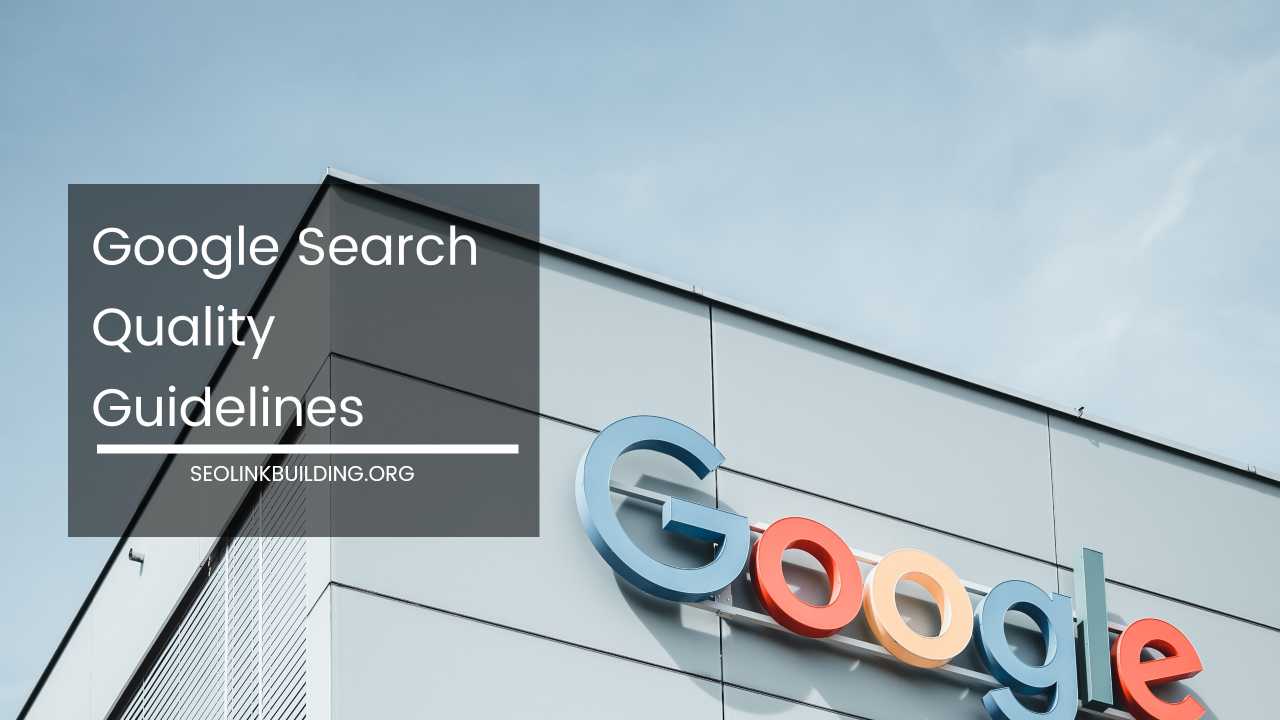Why is Multilingual SEO Important

Multilingual SEO
In an era where the world is digitally interconnected, the global market has become a playground for businesses seeking to expand their reach.
Central to this expansion is Multilingual Search Engine Optimization (SEO), a dynamic strategy that involves not only translating content but also understanding the cultural nuances of diverse audiences.
In this comprehensive guide, we delve deep into the intricacies of Multilingual SEO, offering valuable insights into effective translation and marketing strategies.
Our aim is to empower businesses to maximize their online presence by navigating the complex terrain of global communication.
Understanding the Importance of Multilingual SEO:
Global Market Reach: The internet has dismantled traditional geographical barriers, enabling businesses to access a vast global market.
Multilingual SEO is the key to not only making your website accessible to a wider audience but also ensuring that the content resonates culturally and linguistically.
As businesses expand internationally, the ability to communicate effectively becomes paramount. Multilingual SEO opens doors to untapped markets, allowing businesses to thrive in diverse linguistic landscapes.
Enhanced User Experience: Providing content in users’ native languages enhances their online experience. Beyond mere accessibility, it establishes a connection by acknowledging and respecting linguistic diversity.
Users are more likely to stay and engage with a website that caters to their language preferences, ultimately leading to higher conversion rates.
In a global marketplace, user experience goes beyond the aesthetics of a website; it involves creating an environment where users feel understood and valued.
Translation Strategies for Multilingual SEO:
Professional Human Translation: While automated translation tools have made significant strides, the precision and cultural understanding provided by professional human translators remain unparalleled.
Investing in high-quality translations ensures that your content accurately conveys its intended message.Beyond literal translation, professionals can capture the nuances of language, ensuring that your content not only makes sense but also resonates with the cultural context of your target audience.
Localized Keyword Research: Effective multilingual SEO requires a nuanced approach to keywords. What works well in one language may not have the same impact in another.
Conducting thorough localized keyword research is essential to understanding how users in different regions search for products or services similar to yours.
Adapting your content to these keywords not only improves your website’s visibility in local search engine results but also demonstrates a commitment to understanding and meeting the unique needs of each market.
Cultural Sensitivity: Cultural nuances play a pivotal role in effective communication. Translated content must be culturally sensitive to resonate with the target audience.
Consider local customs, idioms, and colloquialisms to create content that feels natural and relatable.By prioritizing cultural sensitivity, businesses can establish a deeper connection with their audience, fostering trust and loyalty.
Technical Considerations for Multilingual SEO:
Hreflang Tags: Hreflang tags are a critical component of multilingual SEO. They signal to search engines the language and regional targeting of each page on your website.
This, in turn, helps search engines deliver the most relevant content to users based on their language preferences and location
.Implementing hreflang tags is a technical but essential step in ensuring that your website is visible and relevant to users across diverse linguistic and geographical landscapes.
Internationalization of URLs: Structuring your URLs to reflect the language and region of the content is another technical consideration in multilingual SEO.
This not only aids search engines in understanding the content but also enhances user experience by providing clear and contextually relevant URLs.Clear and concise URLs contribute to a user-friendly experience and positively impact your website’s search engine rankings.
Marketing Strategies for Multilingual SEO:
Social Media Localization: Social media platforms offer a powerful medium for connecting with a global audience.
Tailoring your social media content to match the language and cultural expectations of each target market is crucial.
Engaging with local influencers can further amplify your reach and credibility.Social media localization is not just about translating posts but understanding the cultural context, trends, and preferences unique to each region.
Content Marketing Across Borders: A successful multilingual SEO strategy extends beyond language barriers. Developing a content marketing strategy that is both universally appealing and adaptable to specific cultural contexts is essential.
Collaborating with local experts can help create authentic content that resonates with regional audiences.Content that transcends language barriers has the potential to become a shared experience, fostering a sense of community among diverse audiences.
Email Marketing Campaigns: Personalization is the key to effective email marketing in a multilingual context.
Segmenting email lists based on language preferences and cultural insights allows businesses to deliver targeted content that speaks directly to the needs and interests of each segment.
Email campaigns that are culturally relevant and linguistically tailored have a higher chance of resonating with recipients, leading to increased engagement and conversion rates.
Concluding Thoughts:
Multilingual SEO is more than a technical necessity; it is a strategic imperative for businesses aiming to thrive in a globalized digital landscape.
By investing in professional translation services, understanding cultural nuances, and implementing technical SEO best practices, businesses can successfully navigate the complexities of international communication.
Furthermore, integrating marketing strategies that are culturally sensitive and tailored to specific regions enhances the overall effectiveness of a multilingual SEO approach.
Embracing linguistic and cultural diversity not only opens up new avenues for growth but also fosters meaningful connections that transcend borders.
As businesses continue to expand their horizons, the ability to communicate authentically with a diverse global audience becomes a competitive advantage.
Multilingual SEO, with its focus on both language and cultural context, provides the roadmap for businesses to thrive in the interconnected world of the digital age.













